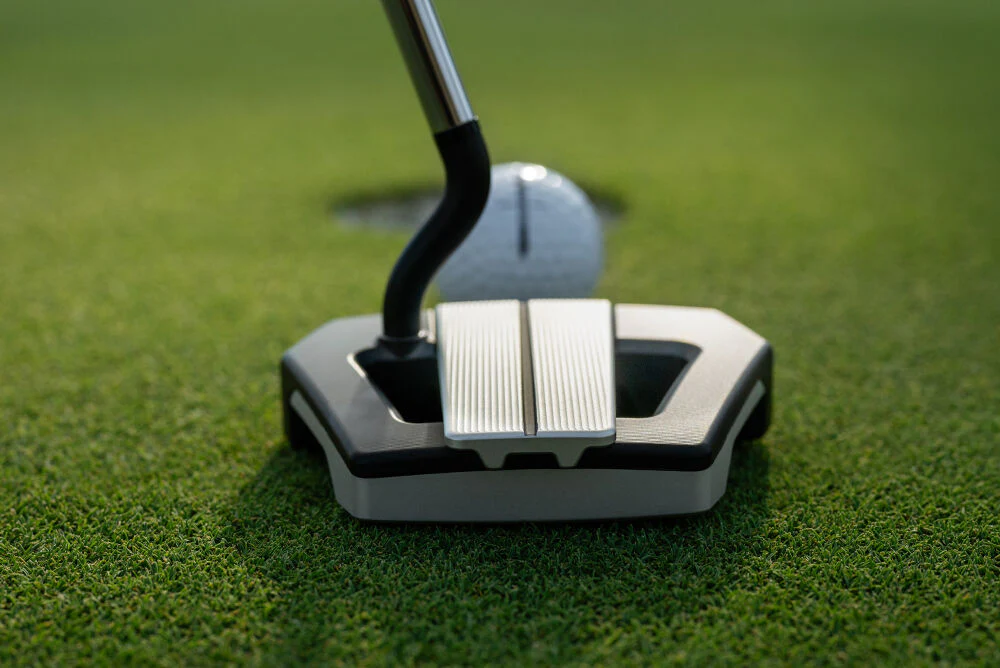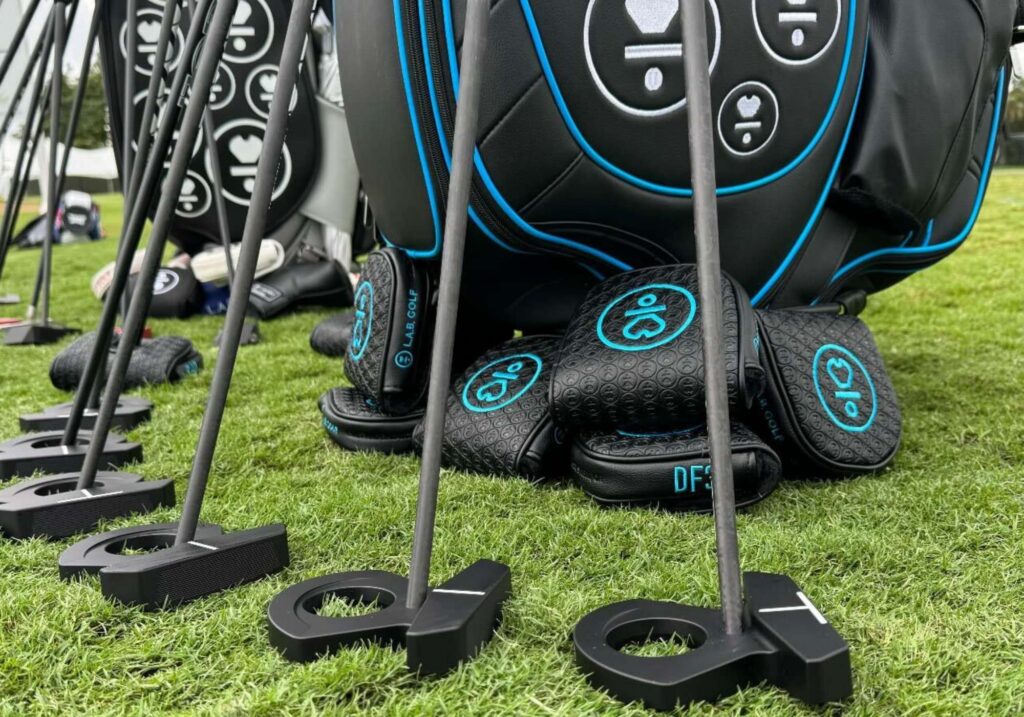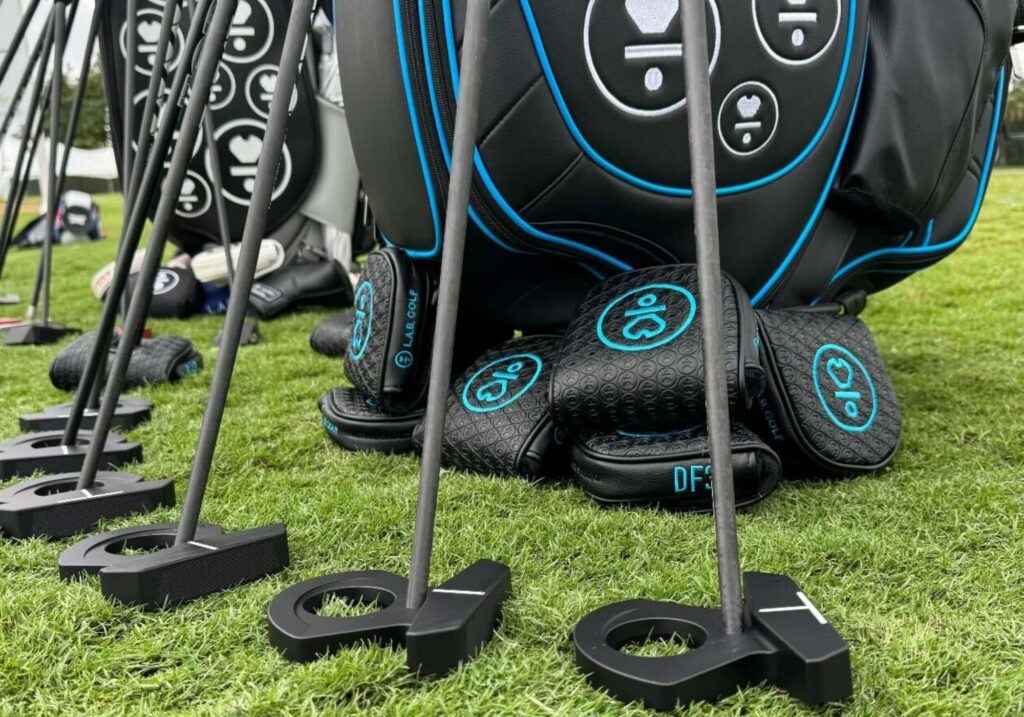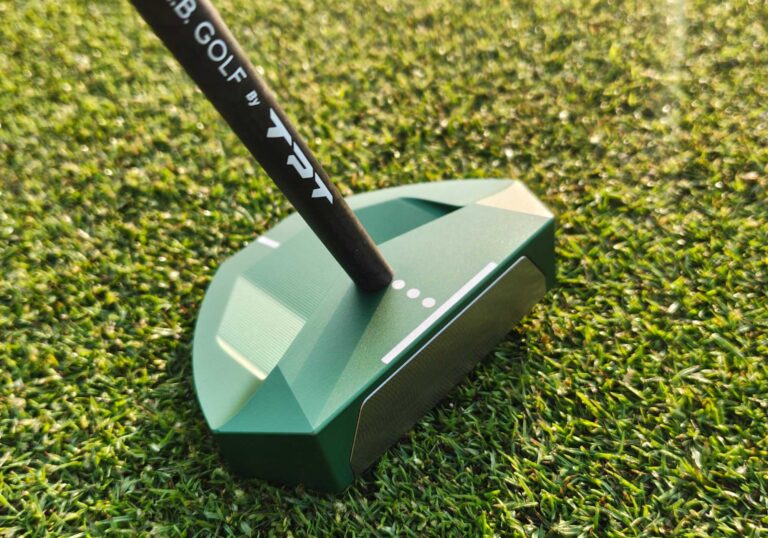Have you noticed more golfers talking about zero-torque putters lately? Maybe you’ve seen one in your buddy’s bag or spotted them in a recent product launch from brands like PXG, TaylorMade, or Bettinardi.
But what does zero-torque actually mean and is it something that can help your putting game?
Let’s dive deep into what zero-torque putters are, how they work, why they’ve caught on and whether they might be worth trying for yourself.
What Does “Zero-Torque” Mean in Putting?
The Basics
Torque, in putting, refers to the twisting force that causes the putter face to open or close during your stroke. Even if your stroke path is solid, this slight twisting can send the ball off line, leading to missed putts that feel undeserved.
Zero-torque putters are designed to eliminate or drastically reduce this twisting, helping keep the face square to your path for a truer roll and more consistent results.
Exactly Zero-Torque or Just Low-Torque?
Here’s where it gets technical and worth clarifying:
- “Zero-Torque” is often used as a marketing term.
- In reality, no putter is entirely free of torque under every stroke condition, but certain designs significantly reduce torque compared to traditional putters.
Some brands, like L.A.B. Golf, employ Lie Angle Balance technology, which aligns the shaft perfectly with the head’s center of gravity. This allows the putter to stay square throughout the stroke with minimal manipulation from your hands.
Other brands focus on “low-torque” approaches, which don’t fully eliminate torque but greatly reduce it to improve consistency.
How Do Zero-Torque Putters Work?
Let’s break down the engineering behind these designs:
1. Lie Angle Balance (LAB Technology)
Brands like L.A.B. Golf pioneered Lie Angle Balance. This involves:
- Aligning the shaft axis with the center of gravity of the putter head
- Calibrating weight distribution precisely using sole screws and custom weighting systems
The result is a putter that naturally wants to keep the face square throughout the stroke. L.A.B. putters are tested using their “Revealer” device, showing virtually no face rotation when swung freely.
2. Center of Gravity (CG) Alignment
Some brands design their putters so that the shaft enters the clubhead closer to its natural CG. This reduces twisting forces during the stroke, keeping the face more stable.
3. Counterbalancing and Weight Distribution
Many low-torque putters use heavy counterweights in the grip or specific weighting in the head to resist torque. This design approach is common in putters like the TaylorMade Spider 5k ZT.
4. Hosel and Shaft Designs
Certain shaft placements and hosel designs, such as center-shafted or reverse offset, can reduce torque depending on your stroke type. These designs minimize the leverage that creates twisting during your stroke.

Why Has Zero-Torque Caught On?
1. Improved Putting Consistency
Golfers using zero-torque or low-torque putters often report:
- More consistent face angles at impact
- Better start line control
- Fewer three-putts, particularly from inside 10 feet
With putting making up roughly 40% of your strokes during a round, any technology that improves consistency is quickly embraced.
2. Tour Validation
When PGA Tour players begin using a new type of putter and see results, golfers of all skill levels take notice. For example, J.J. Spaun’s U.S. Open win using a L.A.B. Golf putter brought major attention to the brand and further attention to the zero-torque concept.
3. Golfers Seeking Simplicity
Putting can be one of the most mentally taxing parts of golf. Zero-torque putters remove variables:
- They keep the face square with minimal manipulation
- They provide a stable feel throughout the stroke
- They help golfers focus on their line and speed rather than mechanics

Popular Zero-Torque and Low-Torque Putters
Here are some of the most notable models currently on the market:
PXG Allan ZT
- Uses an S-hosel Zero-Torque Balance to stabilize the face
- Features bold alignment aid and pickup pocket for ball retrieval
- Available via PXG’s fitting programs
TaylorMade Spider 5k ZT
- Center-shafted design with optimized CG placement
- Offers a high MOI mallet feel with torque-reducing benefits
- Known for excellent stability on long putts
Callaway Ai-One Square-2-Square
- Combines AI-designed inserts with strategic weighting to maintain a square face
- Provides forgiveness and alignment help alongside torque reduction
- Ideal for golfers seeking extra assistance in keeping putts on line
Bettinardi Antidote SB2
- Blade-style putter with a low-torque design
- Retains Bettinardi’s premium milled feel and clean aesthetics
- Offers a more traditional look with modern stability benefits
Evnroll Zero Z5s
- Features patented face groove technology with torque-reducing shaft alignment
- Offers forgiveness across the entire face
- Suitable for golfers who want cutting-edge technology with classic Evnroll feel
L.A.B. Golf Models (MEZZ.1 MAX, DF 3, OZ.1i)
- Pioneers of Lie Angle Balance with virtually zero torque
- Designs range from large mallet (DF 3) to smaller profiles (MEZZ.1 MAX)
- Require adjustment time but deliver excellent consistency once fitted correctly

Are There Any Drawbacks?
Like all technologies, zero-torque putters come with trade-offs:
- Price: These putters often range from $200 to over $1,000, depending on customization and brand.
- Feel: Some golfers find the ultra-stable feel lacks traditional feedback or touch sensitivity.
- Looks: Designs like L.A.B.’s DF 3 are visually unconventional, which can take time to get used to.
Who Should Try a Zero-Torque Putter?
Zero-torque putters are worth testing if you:
- Struggle to keep the face square through impact
- Miss putts left or right despite feeling like your stroke is on line
- Want more of a “point and shoot” putting style with minimal manipulation
Players with highly arcing strokes may prefer traditional putters, but many golfers of varying stroke types have found success with zero-torque designs after a fitting.
Final Thoughts: Zero-Torque Putters Explained
Zero-torque putters aren’t just another fleeting trend. They offer meaningful benefits for golfers seeking more consistent results on the greens by:
- Reducing or nearly eliminating torque
- Keeping the face square naturally
- Improving confidence and start line accuracy
Whether you choose a L.A.B. Golf putter with Lie Angle Balance, a PXG Allan ZT, TaylorMade Spider ZT, Callaway Ai-One Square-2-Square, Bettinardi Antidote SB2, or an Evnroll Zero model, the goal is the same – more putts starting on line and fewer wasted strokes on the green.
Have You Tried a Zero-Torque Putter?
We’d love to hear your story. Did it transform your putting game, or did you find traditional designs suited your feel and stroke better? Share your experiences below to help other golfers make informed decisions about adding this technology to their bag.
